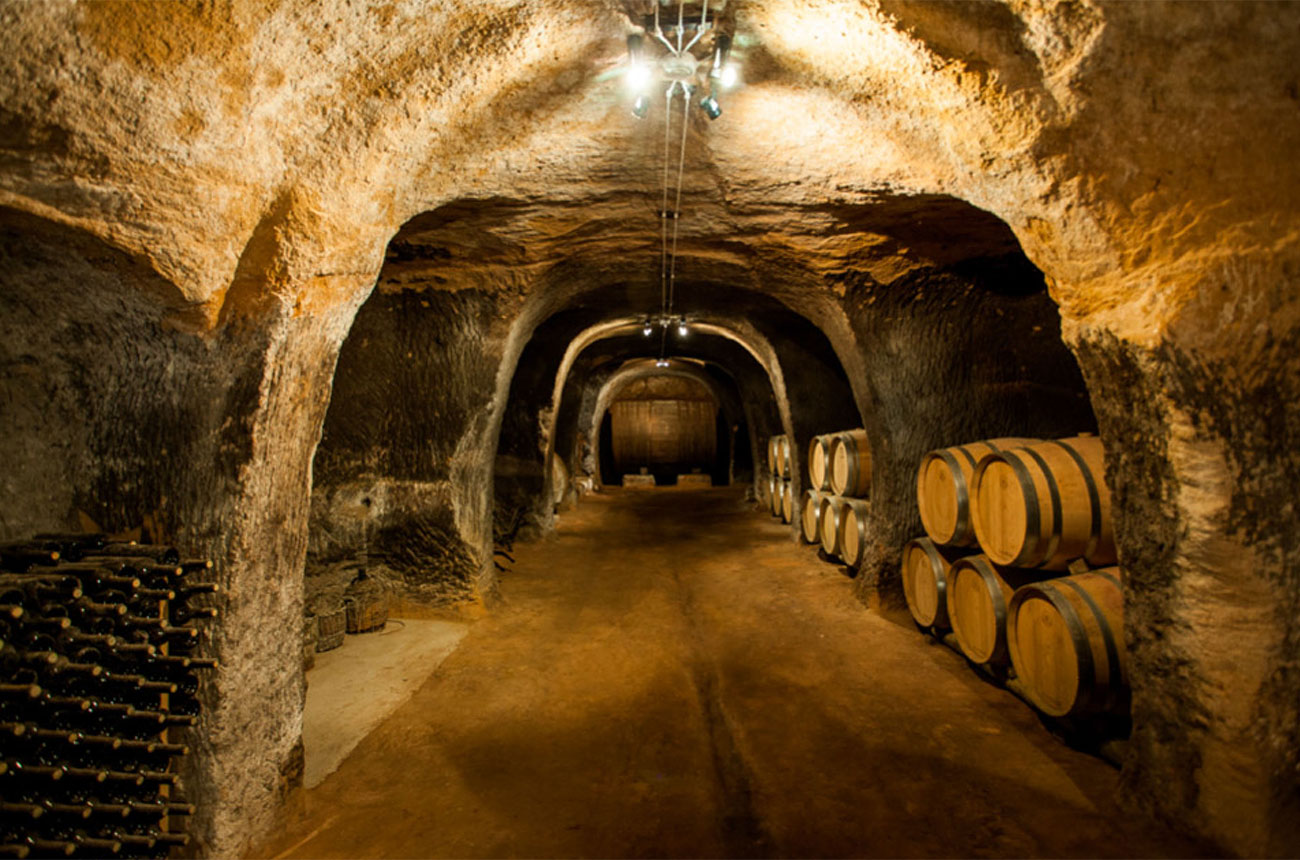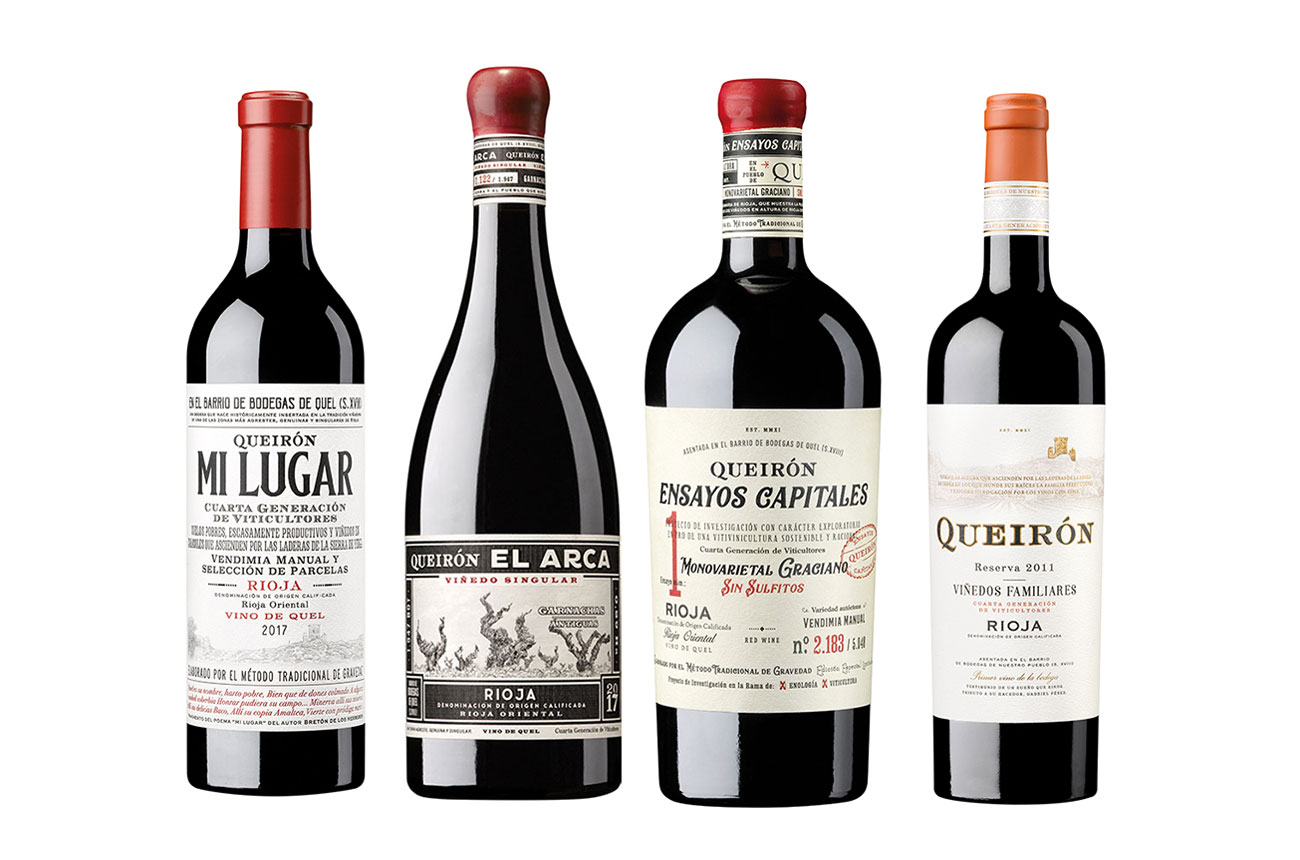As a child, Gabriel Pérez would run through his parents’ vineyards in Quel. Although there wasn’t a corner of the Sierra de Yerga that he didn’t know like the back of his hand, there was a special enclave called La Pasada: the highest, most remote and most inaccessible place in the land of his childhood. His father Gregorio told him that there had always been vineyards there but they had eventually been abandoned due to the extreme difficulty of working them.
As a young man Gabriel continued with the viticultural traditions that his parents had taught him and founded his own winery: Ontañón Familia. But later, when the vineyards were being uprooted in Rioja, he decided it was time to fulfill his childhood dream. He cleared the road up to La Pasada and planted Tempranillo vineyards at an astonishing height, laying the foundations of his dream to recover the ancestral viticulture of this area of Rioja, with all its varieties and the elegance and depth of its wines.
Some 30 years later, that dream was realised with Queirón, the winery designed by Gabriel in his hometown of Quel, in the heart of the 18th century Barrio de Bodegas de Quel. Today Queirón is essentially a family project rooted in the land. Gabriel and his wife, Mari Luz, have passed the responsibilities of the new winery to their four children: Raquel, Leticia, Rubén and María, who are now in charge of the vineyards, winemaking, marketing and human resources.
Queirón embodies the spirit and dignity of one of the most remote areas of Rioja: Sierra de Yerga in Rioja Oriental. Working in harmonious balance with nature, the search for the most subtle expression of each vineyard plot – which together make up a rich microcosm of soils, exposures, elevations and native varieties – gives the project an infinite number of possibilities.

Unique history
Quel is a town that knows wine: documents dating back to 1327 testify to its longstanding relationship with viticulture. Among the town’s greatest treasures is the Barrio de Bodegas de Quel, a true jewel recorded in historical registries of the Marqués de la Ensenada in 1752. The area consists of more than 350 caves in a small hill located on the south bank of the Cidacos River, that are used for winemaking.
Currently, the barrio has about 200 shafts that make up a complex and curious network of galleries and underground excavations at different levels, where wine was traditionally made by a gravity-fed process. The Pérez Cuevas family has revived this method of making traditional Queleña wines and has adapted it to the 21st century in a charming winery that has just opened its doors after 10 years of construction.
In the vineyard
‘Without a doubt the vineyard is our reason for being. My father has been clear about it from the beginning,’ explains Leticia, who directs the viticulture of Queirón with an obsessive respect for the environment. ‘We understand soils and their biodiversity as the base of the pyramid of life in our vineyards.’
Oenologist Rubén is in charge of making the wines. He studied oenology at the University of La Rioja and maintains that it is in the vineyard where the most exact and concrete definition of each wine is perceived. ‘It is there that everything begins to take shape. Later you sculpt and assemble it, but the vineyard is the beginning of everything.’
Clearly the vineyard is the great passion of the Ontañón family. In each of its wineries – in Rioja, Ribera de Duero, Rueda and Navarra – the family has made a commitment to producing its own grapes, seeking authentic terroirs, where it has implemented a regime of sustainable and rational viticulture. For the Ontañón family, Queirón means the return to its origins and the search for the deepest expression of the territory where more than 30 years ago Gabriel Pérez laid the foundations of his philosophy as a viticulturist.
The wines of Queirón

Queirón Mi Lugar, Vino de Quel, Rioja 2017
A blend of bush-vine Tempranillo and Garnacha, selected from different old plots in Quel, planted at 600m altitude.
Queirón El Arca Garnacha, Rioja 2017
A true expression of terroir, made from a tiny single vineyard (less than 1ha) of Garnacha planted in 1892, which is fermented and aged in barrel.
Queirón Ensayos Capitales, Rioja 2018
Monovarietal of Graciano without sulphites.
Queirón de Gabriel, Rioja 2011
A tribute to the founder of the winery, made from the vines that Gabriel Pérez planted more than 30 years ago in La Pasada and which he had dreamed of since he was a child.







